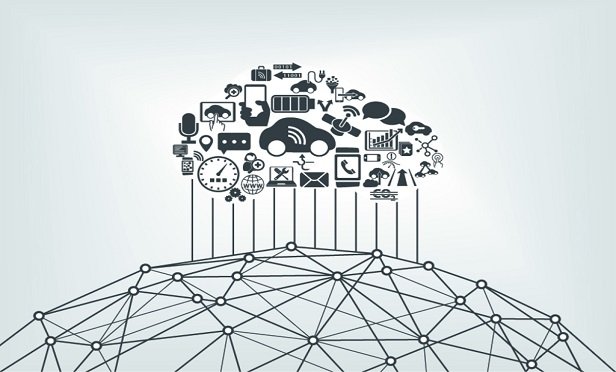 Automated, on-scene contact is the linchpin enabling accident management at scale to offset claims cost while also delivering a higher-quality customer experience. (Shutterstock)
Automated, on-scene contact is the linchpin enabling accident management at scale to offset claims cost while also delivering a higher-quality customer experience. (Shutterstock)
Rising auto-physical claims severity has prompted insurers to increase personal auto premiums — with limited success. An additional approach is the use of proven tools to better manage controllable loss costs through accident management (AM).
Effective AM protocols bring order and efficiency to the chaos of accidents. By capturing vehicles earlier and streamlining their handling, AM saves insurers unnecessary storage and municipal fees, secondary tow costs, car rental days and claim cycle time — resulting in a potential $3 billion savings industry-wide.
Recommended For You
Want to continue reading?
Become a Free PropertyCasualty360 Digital Reader
Your access to unlimited PropertyCasualty360 content isn’t changing.
Once you are an ALM digital member, you’ll receive:
- Breaking insurance news and analysis, on-site and via our newsletters and custom alerts
- Weekly Insurance Speak podcast featuring exclusive interviews with industry leaders
- Educational webcasts, white papers, and ebooks from industry thought leaders
- Critical converage of the employee benefits and financial advisory markets on our other ALM sites, BenefitsPRO and ThinkAdvisor
Already have an account? Sign In Now
© 2025 ALM Global, LLC, All Rights Reserved. Request academic re-use from www.copyright.com. All other uses, submit a request to [email protected]. For more information visit Asset & Logo Licensing.








